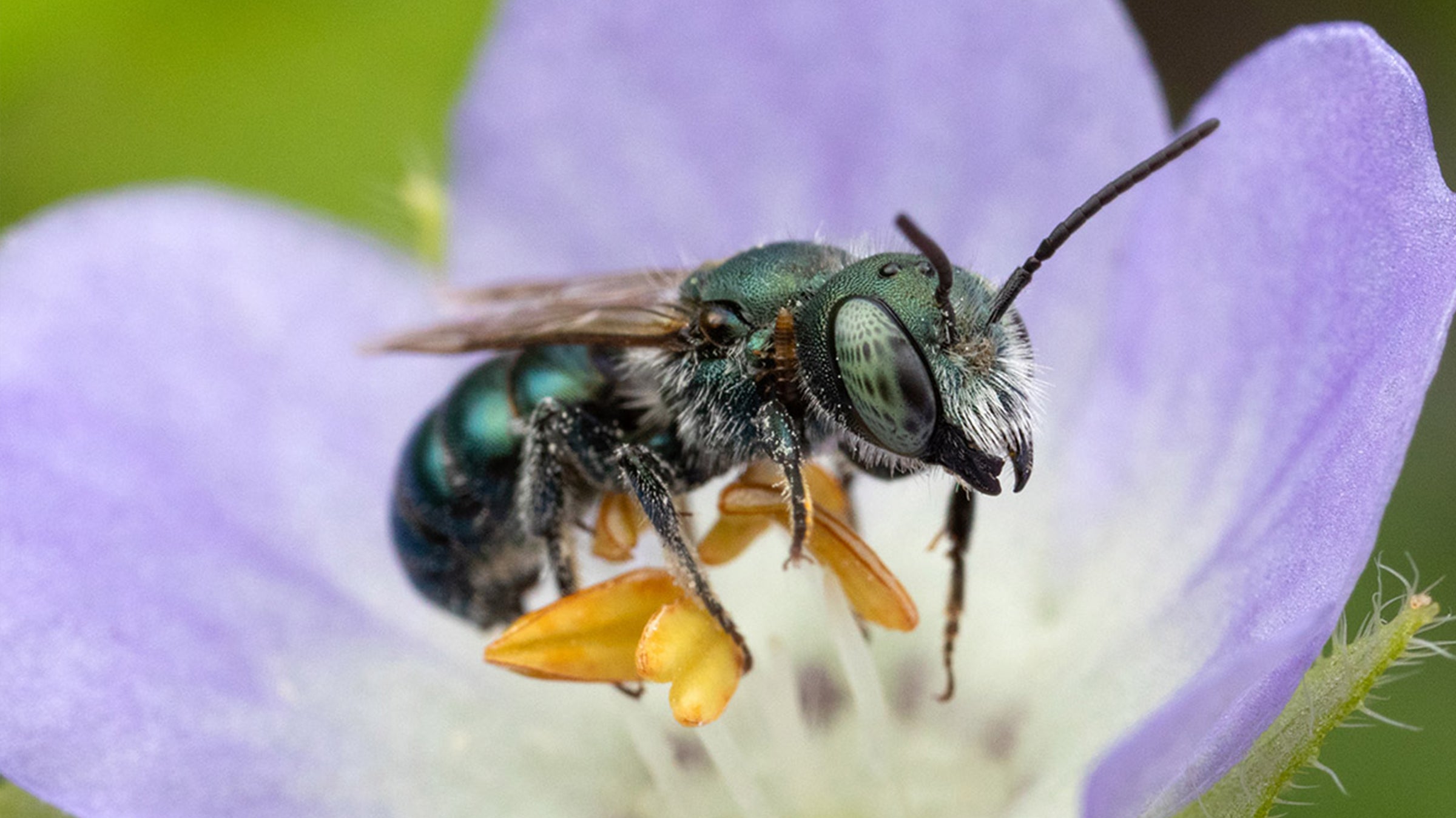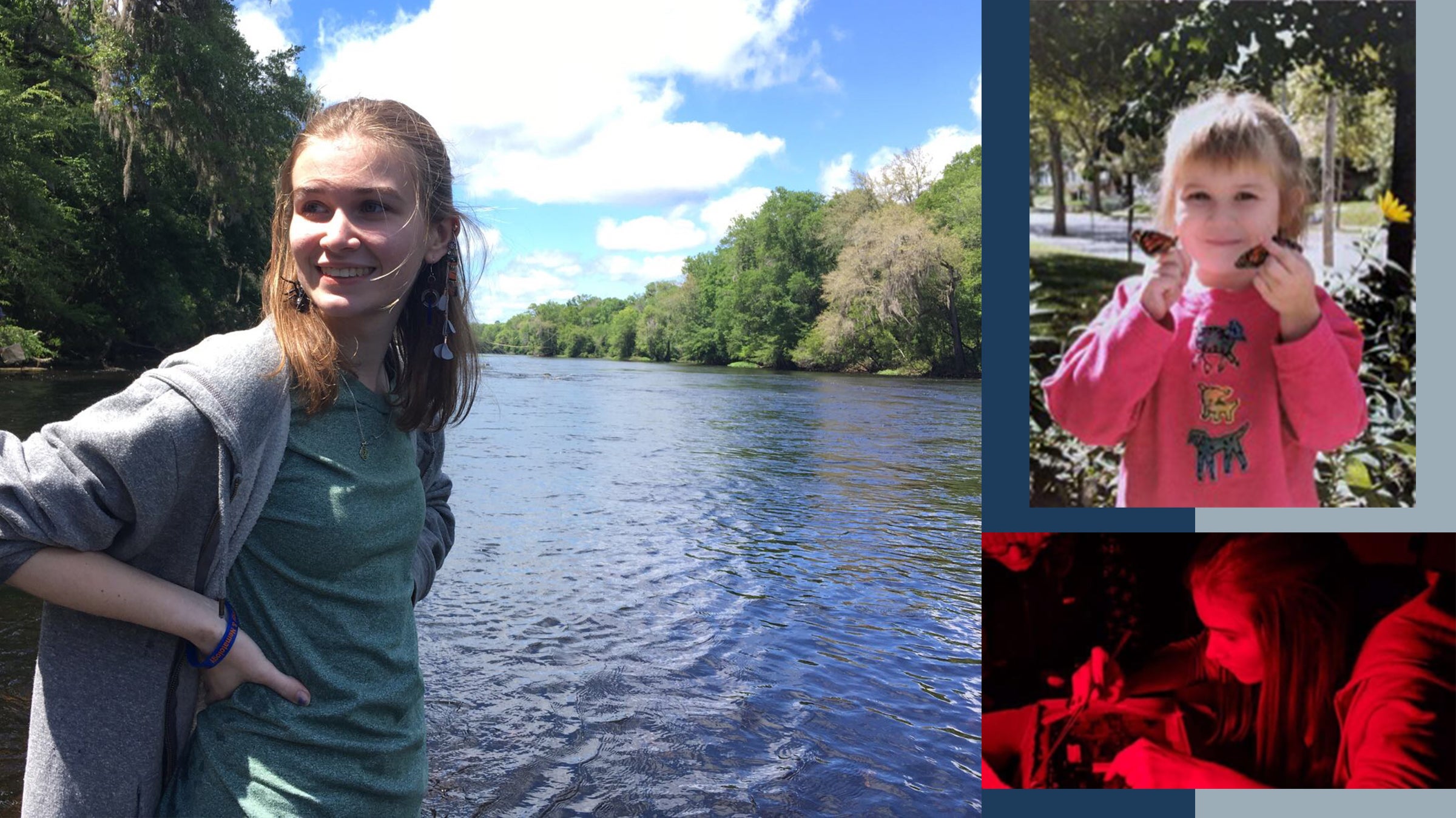
Cute but deadly. Author's cat, Hazel, poses in the sun
It’s not often an invasive species is crowned as ruler of the internet. That title goes to cats. From chatrooms with “Meowspeak,” to I Can Haz Cheezeburger, to Grumpy Cat (R.I.P), it’s funny to imagine fire ants or zebra mussels ever getting adorable memes made about them. With cats, their cute factor draws us in, making it easy to overlook the environmental damage they inflict.
It goes without saying that cats (Felis catus) are one of the world’s most beloved pet companions, if not the most. Even though there are more US households with dogs than cats – (36.5 percent vs. 30.4 percent) there are more cats as pets: nearly 75 million cats vs. nearly 70 million dogs. Total numbers of cats in the world, however, are tricky to pin point because, well, those elusive strays are hard to count.
As beloved as cats are, (and I have one on my lap as I write, two others sleep on the couch) they are invasive species with huge impacts on wildlife and ecosystems. They exist on every continent except Antarctica, so that’s a lot of places to wreak havoc.
In cute Looney Tunes cartoons, Tweety Bird always outsmarts Sylvester the cat. Not usually the case in real life. Birds are a particularly notable victim to a cat’s hunting skill. In the US alone, free-ranging domestic cats kill 1.3–4.0 billion birds every year. Mammals have it worse with 6.3–22.3 billion of them killed annually. Amphibians and reptiles take a hit too, with most research on this impact happening in Australia where cats take down 1.8 million reptiles a day. Insects? While cloth butterflies on a string might be cute cat toys, cats killing insects in the wild does not help declining insect biodiversity.

With huge kill numbers like this, it’s no wonder that cats contribute to species decline or eradicate them entirely. Take this jaw-dropping example: in 1894, a cat named Tibbles traveled with her owner to an untouched island south of New Zealand. This island was the home for the Stephen Island wren (Traversia lyalli), a small flightless bird found only there. The outcome is about what one should expect when an animal with claws and teeth comes upon a bird that can’t even fly. Tibbles single-handedly caused the extinction of this wren. Another study showed that feral cats cause 65% of mortality for woylies (Bettongia penicillata), a rare marsupial. The bigger picture is no less alarming. In a ranking of alien species threatening the largest numbers of vertebrates worldwide, domestic cats came in third. Only two other species are ahead of them: rats (Rattus spp.) and the chytrid fungus Batrachochytrium dendrobatidis that is wiping out amphibians around the world.
Cats deter species in other ways than just hunting them. They leave scents outdoors which discourage wild species from either raising their young or seeking food in an area. This ceases the ecological benefits that these wild animals bring: spreading seed, controlling insect populations, pollinating plants, as well as serving as food sources for other wild species.
And just when it seemed it couldn’t get any worse, cats spread diseases like toxoplasmosis, rabies or feline leukaemia to wild animals. Grumpy Cat certainly had a reason to be so depressed.

So what are we to do about slowing the impact cats have on the environment? The first thing is to keep kitty indoors. This benefits not only the creatures cats kill or effect, but it also keeps the cat safer. Indoor cats live an average of 10-15 years, whereas outdoor cats live an average of 2-5 years. Outdoor cats pick up diseases, can become injured by cars or loose dogs. And in some cities like Austin, coyotes also won’t hesitate to make a meal of a pet cat out and about town.
Many cities have been adopting the practice of TNR (Trap-Neuter-Return) in an effort to curb feral cat populations. Feral cats inflict the most damage on native species due to their high numbers as well as the fact they spend their lives outdoors. TNR involves capturing the stray cat, neutering or spaying, then returning to the outdoors. In theory, by removing a cat’s ability to reproduce, their numbers should decline. However, very large numbers of cats need to be trapped to have any effect, so it’s debatable how much this helps with the problem.
If you want to protect native species but also give your cat friend some sunshine, there are some options that require a little patience and creativity. Some owners build screened patios, often called “catios.” Personally, I only allow my cats out when I go outside with them. Before they go out, I walk through the yard to alert any creatures like lizards basking on a succulent. Some cat owners have opted to leash-train their pets. It might take some getting used to, but like these other above options, this is healthy for biodiversity, beloved Fluffy as well as Fluffy’s human who gets some exercise.
Check out our other blogs on pets as invasive species! Intro blog is here. Then take a look at fish and dogs. Not to be outdone are reptiles and amphians and birds.
SOURCES
Gross, Rachel. “The Moral Cost of Cats” Smithsonian Magazine, September 20, 2016.
Kirkpatrick, Karen. “”So…Just How Many House Cats Are There In the World?” How Stuff Works. (https://animals.howstuffworks.com/pets/just-how-many-house-cats-are-there-the-world.htm)
“‘Kitty Cam’ Reveals High Levels of Wildlife Being Killed by Outdoor Cats.” American Bird Conservancy. August 6, 2012. (https://abcbirds.org/article/kittycam-reveals-high-levels-of-wildlife-being-killed-by-outdoor-cats/)
Loss, Scott; Will, Tom; Marra, Peter. “The impact of free-ranging domestic cats on wildlife of the United States.” January 29, 2013. Nature Communications. 4, Article number: 1396 (2013)
Rhodes, Margaret. “How Cats Became Rules of the Interweb” Wired. August 10, 2015. (https://www.wired.com/2015/08/how-cats-took-over-the-internet/)
“The unnoticed toll of cats on reptiles.” June 25, 2018. Threatened Species Recovery, National Environmental Science Programme. (https://www.nespthreatenedspecies.edu.au/news-and-media/latest-news/the-unnoticed-toll-of-cats-on-reptiles)
Trouwborst, Arie; McCormack, Phillipa; Camacho, Elvira Martinez. “Domestic cats and their impacts on biodiversity: A blind spot in the application of nature conservation law” February 4, 2020. People and Nature. British Ecological Society.
Watson, Stephanie. “Should You Have an Outdoor Cat or an Indoor Cat?” Fetch by WebMD. https://pets.webmd.com/cats/features/should-you-have-an-indoor-cat-or-an-outdoor-cat#1



